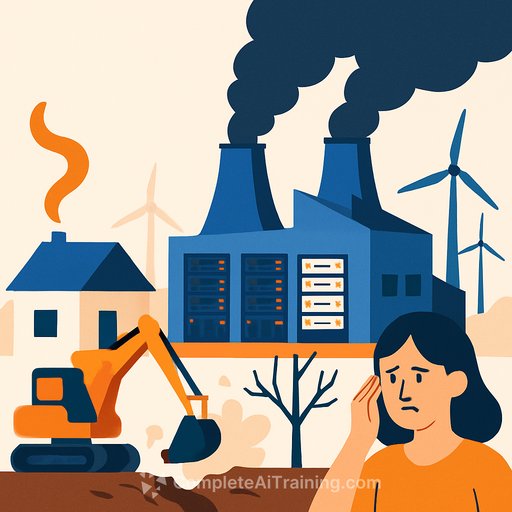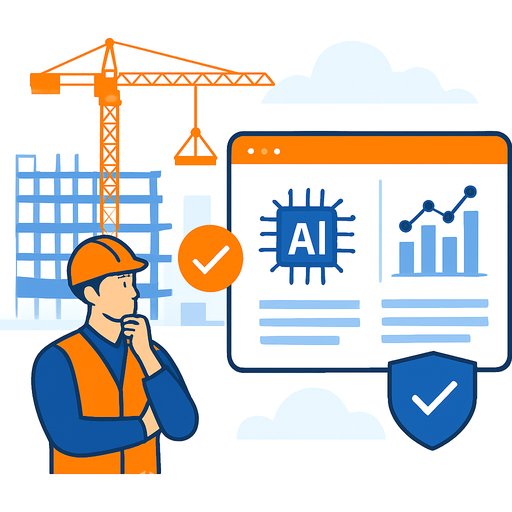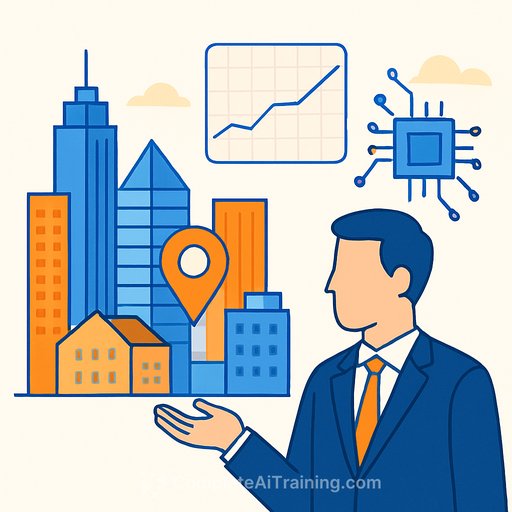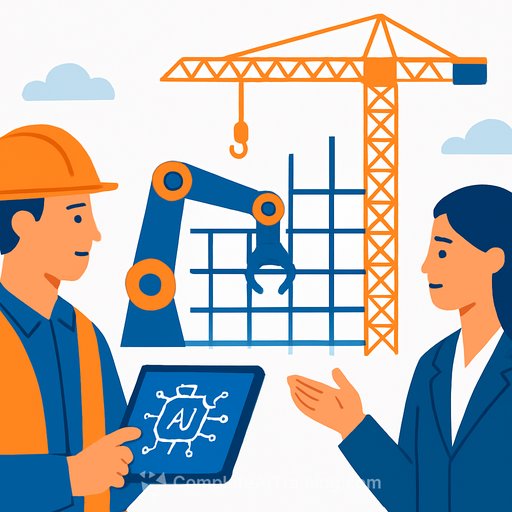The Impact of Data Centers on Communities and the Environment
Living next to a data center can be a challenge. The constant, loud humming and roaring noise often disrupts daily life and sleep, with complaints frequently falling on deaf ears. While many benefit from cloud storage and AI-powered services, few understand what it’s like to have the facility processing all that data right next door.
Across the U.S., nearly 5,500 data centers have sprung up to meet soaring demand fueled by Big Tech. California alone hosts around 270 of these centers, mostly in Santa Clara County. Local utility Silicon Valley Power anticipates data center energy use there will nearly double by 2035. But noise is just one issue. These centers consume huge amounts of water to cool servers and emit significant toxic air pollution that threatens public health.
Environmental and Health Costs
Research from Caltech and UC Riverside estimates that data center pollution caused about $6 billion in public health costs in 2023, including asthma and premature deaths. If growth continues unchecked, this could reach $20 billion by 2030—comparable to the health impact of 30 million cars on California roads.
Energy use in data centers and crypto mining operations is enormous, straining the power grid and increasing greenhouse gas emissions. Utility customers often bear the cost through higher bills, subsidizing fossil fuel infrastructure expansion. For instance, Silicon Valley Power sources 23% of its commercial power from gas-fired plants, with another 35% from uncertain origins. Despite this, data centers often receive discounted electricity rates for their high consumption, while households pay more for increased usage.
Policy and Industry Practices
Virginia, known as the nation’s data center hub, is planning hundreds of miles of new transmission lines to support growth, some reliant on coal-fired plants previously slated to close. Instead of enforcing stricter controls, many decision-makers are welcoming data centers with incentives like tax exemptions.
At the federal level, recent executive actions prioritize rapid data center development and easing permit processes. States also offer various incentives to attract these facilities, which provide relatively few jobs while consuming valuable land and resources.
The U.S. Department of Energy plans new data centers on federal sites, including areas home to endangered species, raising further environmental concerns. Given these trends, it is critical for lawmakers at all levels to step up and impose stronger regulations.
Recommendations for Real Estate and Construction Professionals
- Advocate for environmental reviews that protect wildlife habitats and limit pollution in line with laws like the California Environmental Quality Act.
- Support legislation requiring data centers to use onsite renewable energy, implement water-efficient cooling, and adopt noise-reduction technologies.
- Demand transparency in electricity and water usage to improve utility planning and community impact assessments.
- Encourage lawmakers to consider bills such as the Clean Cloud Act, which aims to phase out greenhouse gas emissions from data centers and protect ratepayers from rising energy costs.
Big Tech’s data centers affect more than just digital services—they impact real neighborhoods and ecosystems. For those in real estate and construction, understanding these effects is crucial for responsible development and community wellbeing.
For further learning on AI and its infrastructure impacts, explore Complete AI Training’s latest courses to stay informed on technology trends influencing construction and development.
Your membership also unlocks:






